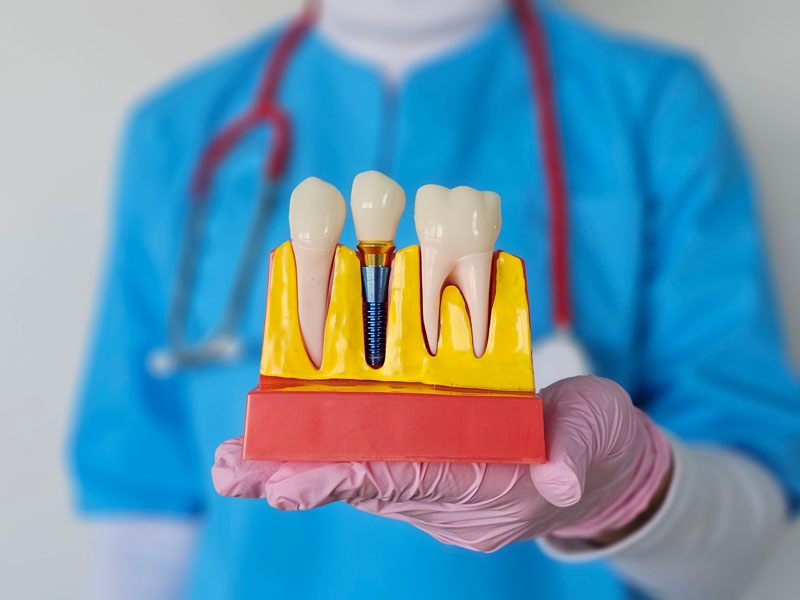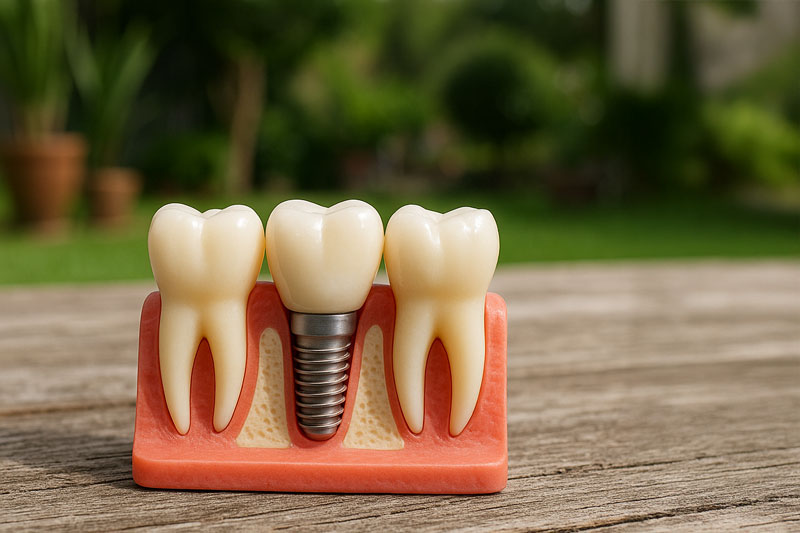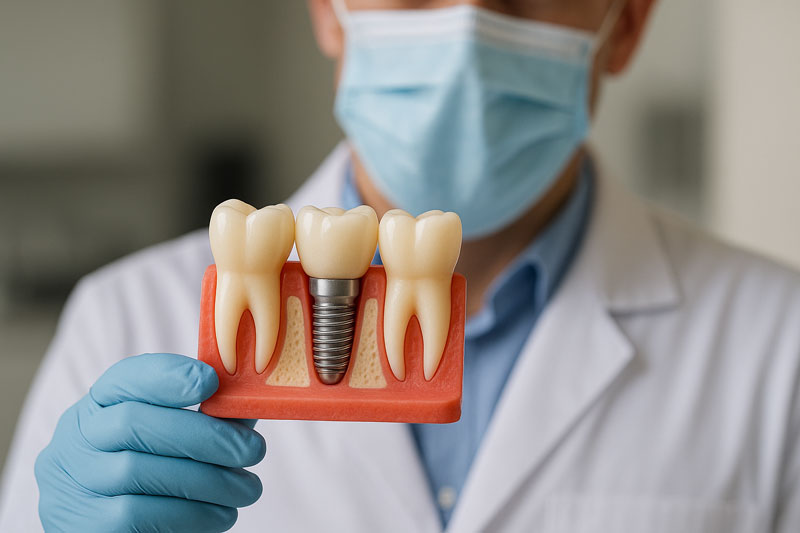Blog - Fort Wayne, IN
Tips, Facts, And The
Latest In Dentistry

Is It Normal for Gums to Bleed While Flossing?

If your gums bleed when you floss or brush your teeth, you may be tempted to shrug it off as a harmless nuisance, but this is usually a sign of a problem that needs your attention. Read on to learn about the potential causes for your bleeding gums and how to improve your gum health.
Why Bleeding Gums Are Problematic
Bleeding gums may mean you have ill-fitting dentures, you are brushing or flossing too vigorously, or you are experiencing hormonal changes, such as those during pregnancy. However, gums that regularly bleed could also indicate something more serious like a bleeding disorder, a deficiency of Vitamin C or Vitamin K, leukemia, or infection. It’s critical to discuss any abnormal changes in your oral health with Dr. Rorick here at Sycamore Hills Dentistry and your primary care physician.
Gingivitis: The 1st Stage of Gum Disease
Bleeding gums could be a sign of gingivitis, the first stage of gum disease, in which your gums are irritated and inflamed due to plaque and tartar buildup along your teeth and gumline. Plaque is a sticky film of bacteria that hardens into tartar if not regularly removed through proper oral care. When your gums become irritated by these substances, the tissue starts to pull away from your teeth, creating pockets that harbor bacteria. If your gum disease is left untreated, your gums will recede and become infected, which can lead to tooth decay, tooth sensitivity, bad breath, bone loss, and tooth loss.
Tips to Improve Your Gum Health
The early stages of gum disease can be helped and even reversed by a healthy diet, drinking plenty of water, and improved dental hygiene:
- Brush Daily
- Floss Daily
- Rinse Daily
- Keep Up with Your Biannual Dental Checkups
Brush your teeth with a fluoridated toothpaste twice a day for two minutes each time. Be sure to brush gently using a soft-bristled toothbrush to avoid damaging your gums and wearing away your teeth’s enamel. Moreover, consider investing in an electric toothbrush for assistance cleaning those hard-to-reach areas and modulating your brushing pressure.
Bleeding gums often indicate that you’re not flossing enough. Flossing at least once every day will help clean out plaque and residual food particles from between your teeth and from under your gumline, where your toothbrush just can’t reach. Once your gums get used to daily flossing, you’ll no longer see blood.
In conjunction with daily brushing and flossing, rinse with an alcohol-free mouthwash that is formulated specifically to combat plaque and gingivitis. An anti-plaque/anti-gingivitis mouthwash will not only freshen your breath, but it will clean out bacteria from your mouth that cause gum disease.
Don’t skip a routine dental visit! Our Sycamore Hills Dentistry team needs to see you every six months for a cleaning to remove any accumulated plaque and tartar, and for a checkup to be sure your teeth are strong and your gums are healthy. We might need to see you more often if gum irritation and excessive plaque buildup is a persistent problem. But you’ll soon be on the road to healthier gums and cleaner teeth with a few extra visits, diligent at-home dental hygiene, and any other gum disease treatments we deem necessary.
Discuss All Your Dental Concerns with Us!
Notify us if you are experiencing bleeding gums or if you have any other concerns regarding your dental health. We can provide tips to improve your oral hygiene and heal your gingivitis. Contact us today for assistance or to schedule your next cleaning and checkup.




